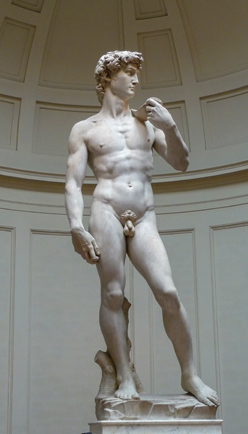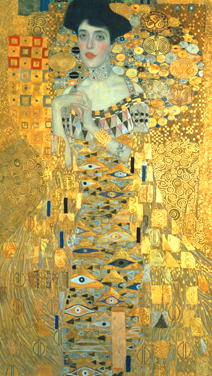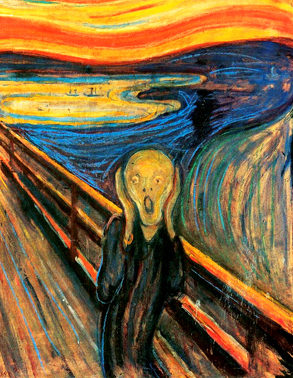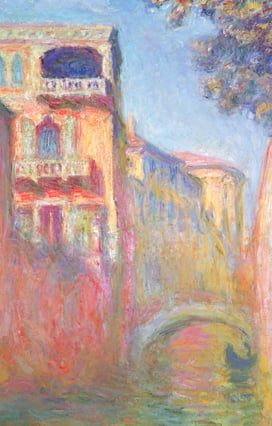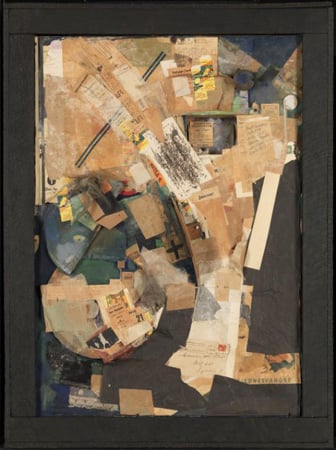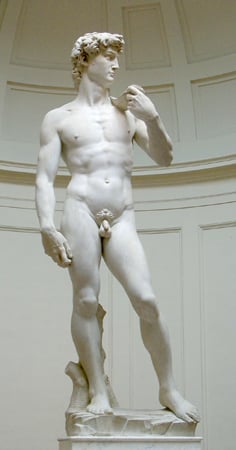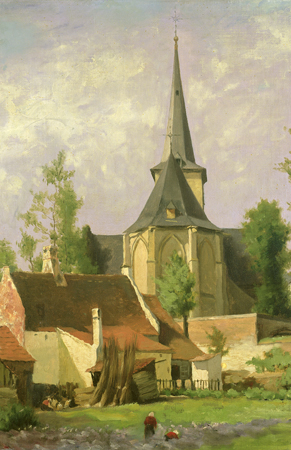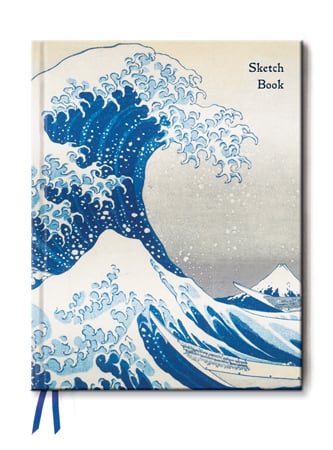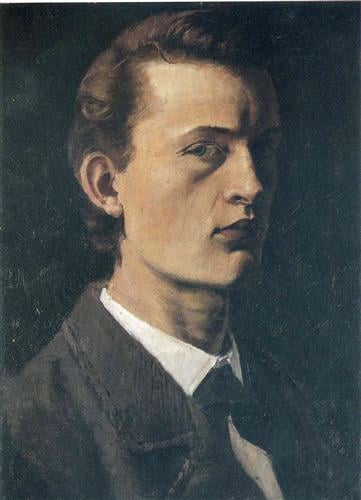Michelangelo is considered one of the greatest artists of all time. His mastery of carving the human body with incredible realistic detail continues to impress us to this day. His most famous sculpture, David, stands impressively today at the Accademia Gallery in Florence. It is no wonder that we are adding Michelangelo to our Masterpieces of Art series. In a previous blog, we took a close look at the greatest sculpture ever achieved by a single man. If you missed it, click here to read more.
Visual & Decorative Arts Blog
With the upcoming movie 'Woman in Gold' soon to be released, we thought it would be a great time to revisit one of our favourite artists at Flame Tree, Gustav Klimt. 'Woman in Gold,' as you may know, is based off the true story of Maria Altman's attempt to reclaim her aunt's portrait, Adele Bloch-Bauer I. We have already discussed Klimts works in great detail, including 'The Kiss' and the 'Tree of Life'. With the approach of the movie, we return to Klimt's works and explore the woman behind the painting. Just who was Adele Bloch-Bauer?
Topics: Gustav Klimt, Masterpieces of Art
The Scream is Edvard Munch's most famous work of art. It is easily recognisable and eternally haunting. The figure at the centre opens its mouth in an almost audible scream of agony while colours swirl in the background. But what influenced Munch to create this masterpiece? With the upcoming release of our new book Edvard Munch: Masterpieces of Art, we take a look at Munch's life and the influences that led to the Scream.
Topics: Edvard Munch, Masterpieces of Art
In our previous blog on Mondrian, we learned about his early life and influences. We started exploring the path Mondrian took to get from strict Dutch traditional Impressionism to the abstract work we now know him for. If you missed our first instalment, check it out here.
Topics: Masterpieces of Art, Piet Mondrian
As the leading figure of Impressionism, Claude Monet is renowned for his portrayals of light and water and his skills as an artist have secured the enduring popularity of his paintings. His collection of masterpieces continues to draw great interest, and this is especially true within the collector’s market, where his paintings are sold for jaw-dropping monetary sums. Last year one of his Waterlilies paintings sold for over £31 million, and earlier this month his painting of Le Grand Canal went for over £23 million at Sotheby’s Impressionist and Modern Art Sale, becoming the highest seller of the night. There were five paintings by Monet in the evening auction, with their sales totaling a massive £55.74 million – certainly not a sum to be sniffed at.
Topics: Claude Monet, Masterpieces of Art
Wassily Kandinsky is considered to be the 'Father of the Abstract.' From an early age he had a strong connection to colour and throughout his artistic career he was interested in the portrayal of colours and shape. It took a simple mix up, when his wife accidentally set his work in progress on its side, for him to find artistic truth. Kandinsky's art was an extension of his spiritual thoughts and the abstract works that he created inspired many artists and art movements.
Topics: Wassily Kandinsky, Masterpieces of Art, abstract art
The recent claim that two previously unaccredited bronze statues were actually made by Michelangelo have caused a stir in the art world. The two anatomically 'perfect' panther-riders are thought to be the only lasting sculptures in bronze made by the late master.
Such is Michelangelo's pedigree, that even a relatively modest set such as this can cause art forums to go into meltdown. The reason for this is simple: Michelangelo is one of the most highly revered artists of all time. His work on the the Sistine Chapel and of course, the statue of David, are arguably two of the most iconic pieces of art of all time.
Topics: Michelangelo, Masterpieces of Art
Piet Mondrian is best known for his abstract work. His grid-like art represents the harmony of the universe through simple empty space and black lines. Mondrian's work was crucial to the development of modern art and even had a massive impact on architecture, furniture and popular culture. In his early years as an artist, however, he created traditional pieces and even rejected modern art. So how, then, did Mondrian become the artist as we know him today? We are going to look at his early influences and development as an artist to find out.
Topics: Masterpieces of Art, Piet Mondrian
In anticipation of of our new sketch books arriving next week - one of which features a beautiful design by Hokusai - today in the blog we're going to take a look at the different schools of artists that reflect the history of this traditional art form. We have blogged about Japanese Woodblock prints before, click here to read our articles 'How I Learned to Love Japanese Art' and 'Japanese Woodblocks: Influences and Outcomes'.
Last Wednesday saw the return of the popular ‘Museum Selfie’ day, a Twitter project initiated last year by the group of Museum professionals behind the website CultureThemes. The hashtag ran rife, with people posing in front of famous paintings, re-sharing the altered Vermeer image, and making museum exhibits look desperate to take a picture of themselves. The craze of the selfie in recent years – ‘selfie’ was named Oxford Dictionary’s 2013 Word of the Year – highlights what could be described as an addiction to self-portraiture, and the enthusiasm for the ‘museum selfie’ in particular indicates a fundamental need or desire to acknowledge that self: for the photographer to become a part of the photo and exist within its created art. With the upcoming release of Flame Tree’s ‘Edvard Munch: Masterpieces of Art’, we thought we’d have a look at how Munch’s tormented and emotionally vibrant paintings depict the self, and how his emotions and experiences flavour as well as constitute the subject matter of his work
Topics: Edvard Munch, Masterpieces of Art

